ARTiculture. The 2014 Philly Flower Show
Saturday, March 01, 2014
The Philadelphia Flower Show isn’t necessarily focused on the hard-core of horticulture. Not that virtuoso design isn’t there. But it will wow you, rather than over-whelm you. No, the eye candy at the Flower Show is accessible garden adventure and excitement for just about anyone and everyone. This is a flower show, after all. Less a trade show of new garden theories and trends than a refuge for the cold and winter-weary with a welcome glimpse forward to warmer, more floral days. This year, with its seemingly endless snows and polar vortices, I found that glimpse ahead even more welcome than usual.
The show’s annual themes usually comprise an eye-catching Grand Entrance, with amusing smatterings of the theme worked into the many displays covering the ten acres beyond. Unlike the recent trend to travel fantasies of Hawaii, Paris or London, this year’s theme concatenates art and horticulture. Last year was “Brilliant!” and British and the displays were packed with the prerequisite thrones and crowns and Union Jacks. This year’s “ARTiculture” works in the anticipated easels and painters’ palettes. Many displays are also linked to a museum. Artist’s names abound. Thankfully, I noticed only one blue-green bridge. Outside of an actual visit to Giverny, that’s one art and garden theme I’ve seen quite enough of for a while. But the combination has added up to one of the best designed shows of recent years.
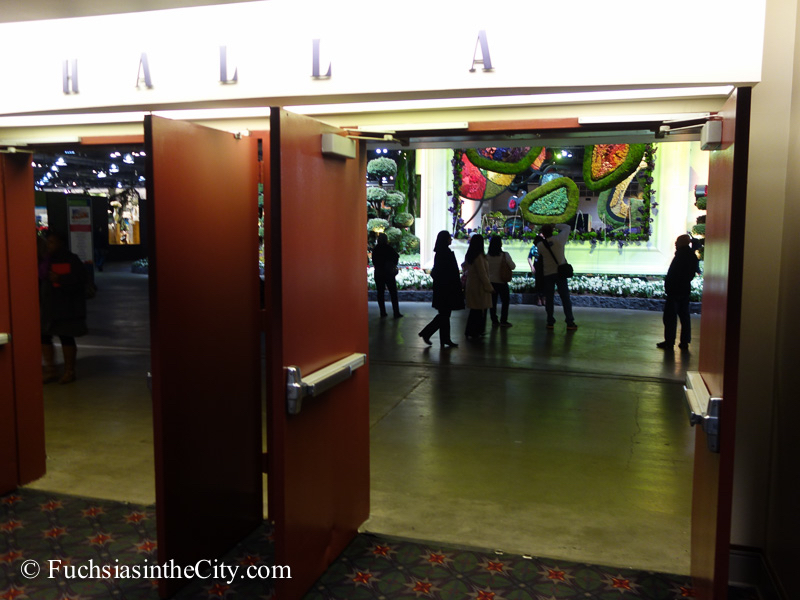
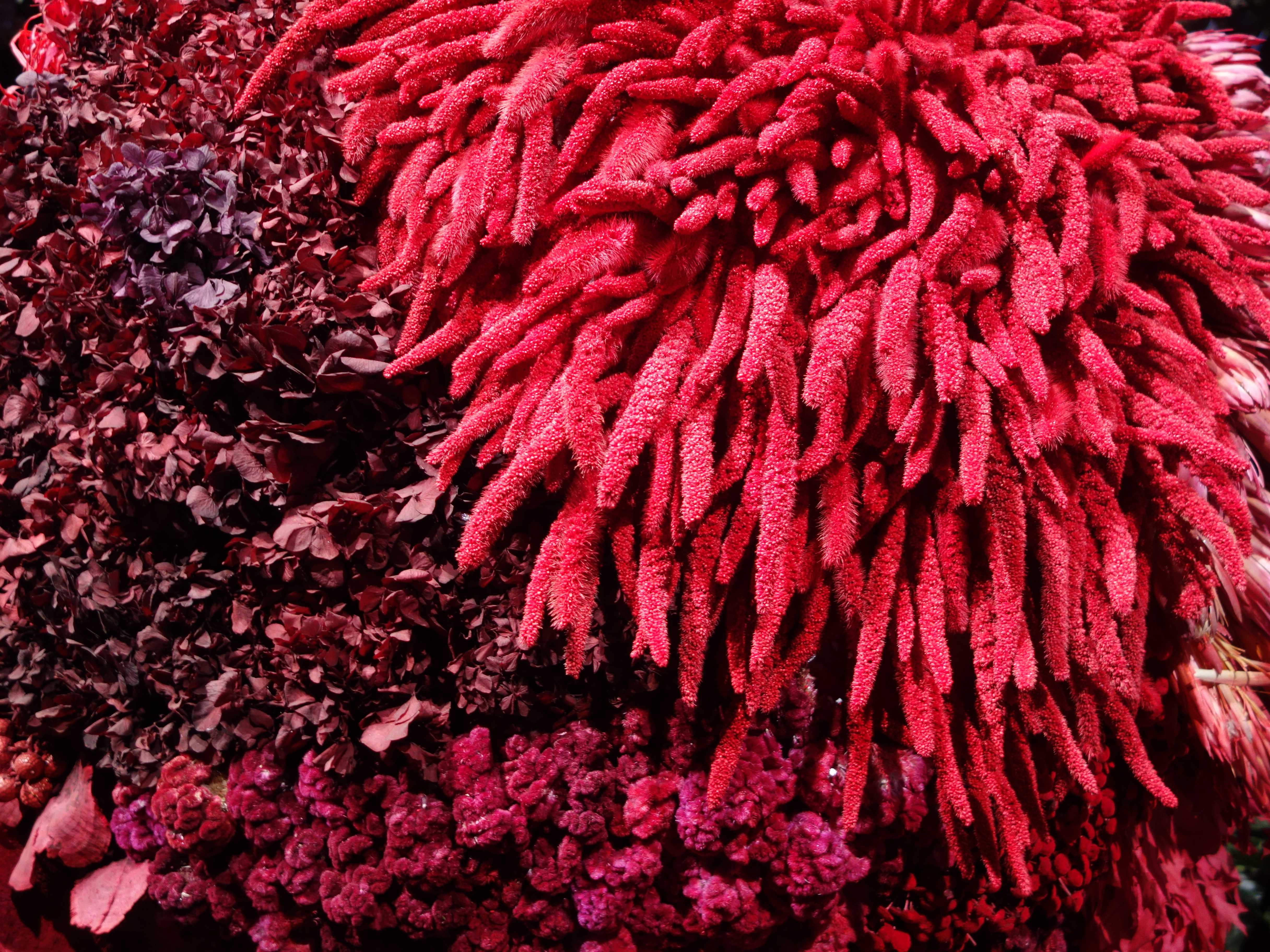
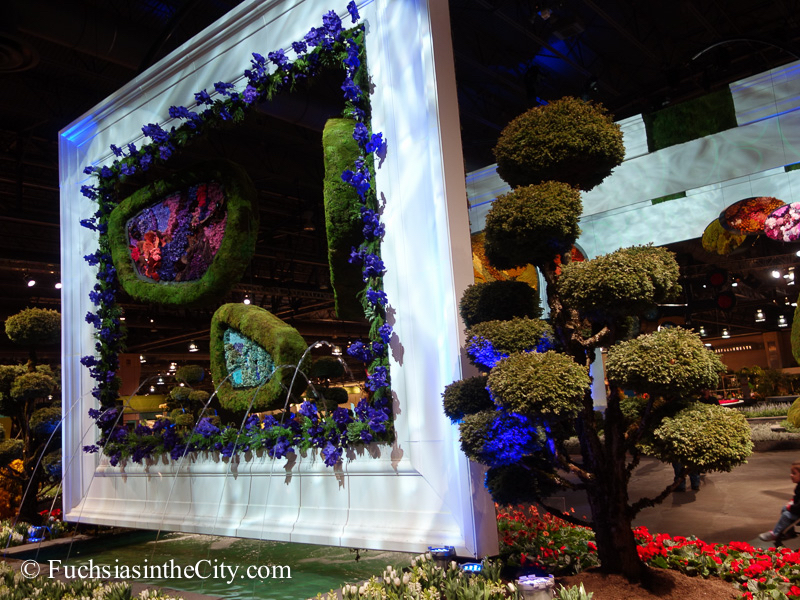
Last year, the main gate of “Brilliant! was positioned just as closely to the entrance. But it was more open and backed by a long sweeping allée that led to an illuminated, animated mini Big Ben in the center of the space. I know, I know. The allée was more Haussmann than Capability Brown but it was effective. That long sweep compensated for the compression of the space. Much like you might approach any painting, this design needs to be first taken in from a distance. Then you can sidle on over to get to know it better bit by bit. Had Lemheny pushed his display just a bit back, to the other side of a small plaza, he would have set up the first encounter to this year’s show as brilliantly as he did last year’s.
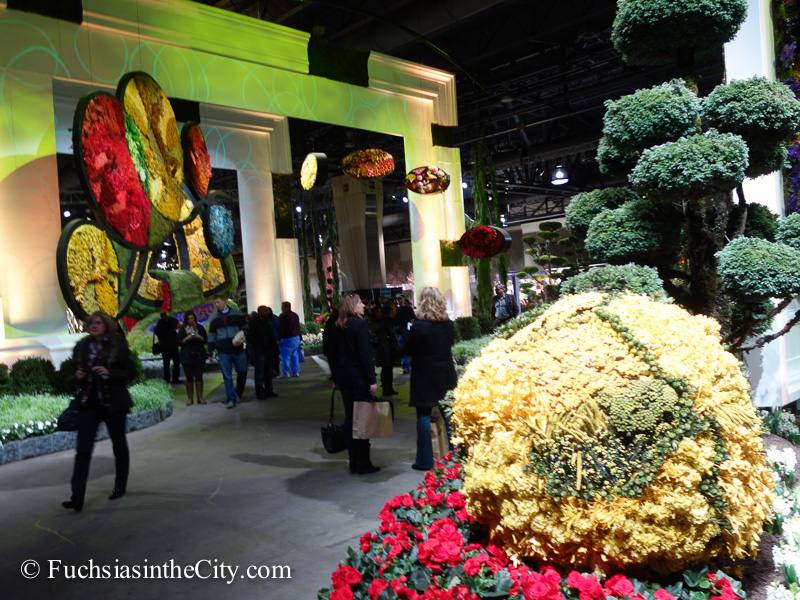
Organized by the Pennsylvania Horticultural Society, “ARTiculture, the 2014 Philadelphia Flower Show”, opened this week and runs from Saturday, March 1 to Sunday, March 9 in the Philadelphia Convention Center. An extra initial week-end day was added again this year to accommodate the huge crowds that are flocking to this must-see show. I’d suggest arriving early to avoid the press that crowds most of the exhibits at peak times!
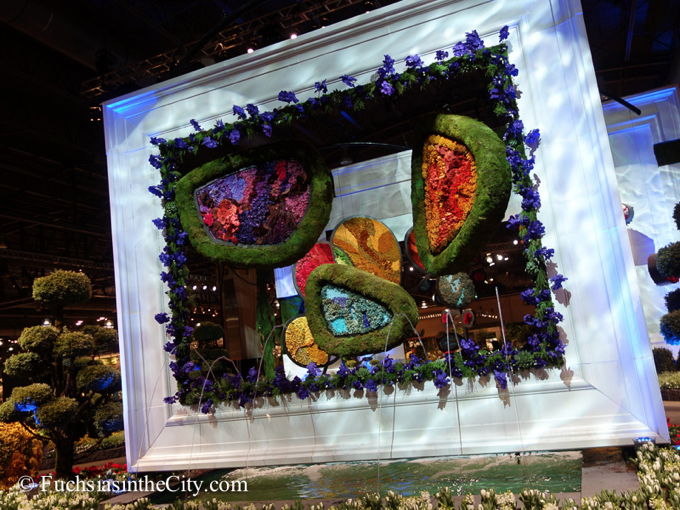

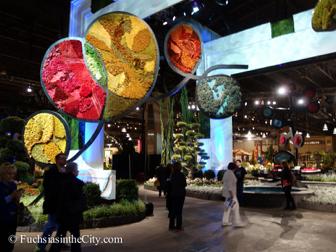
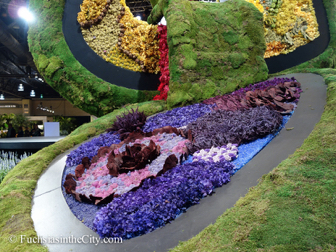
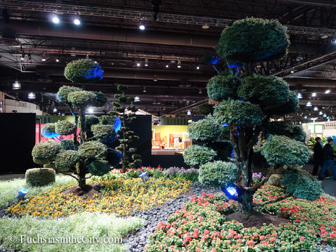
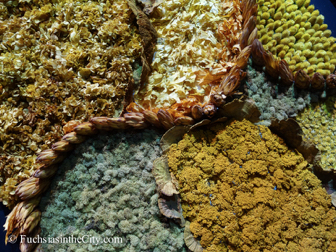

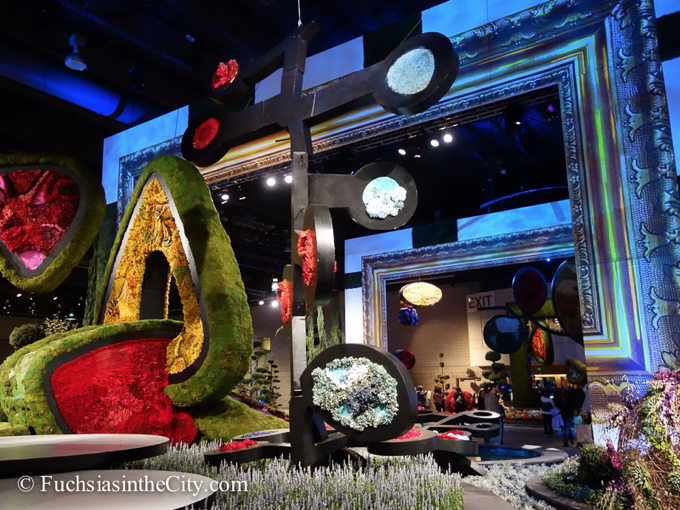

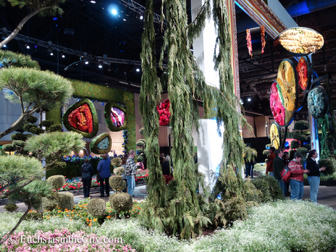
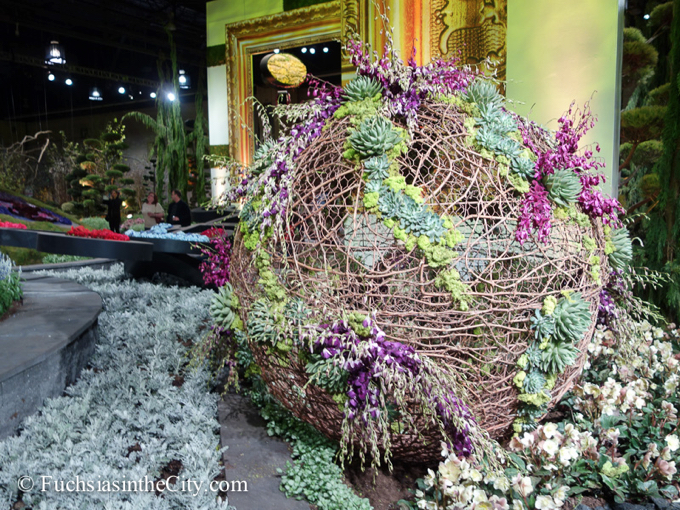
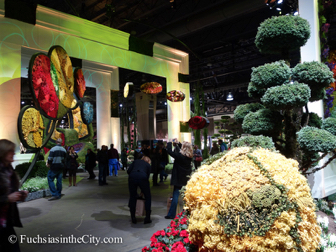
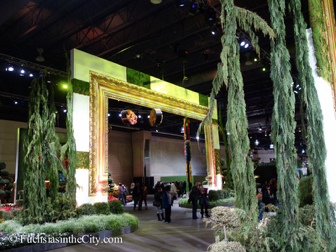

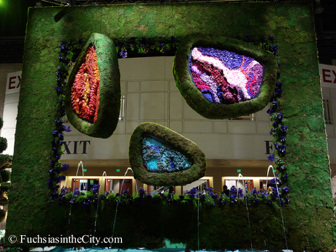
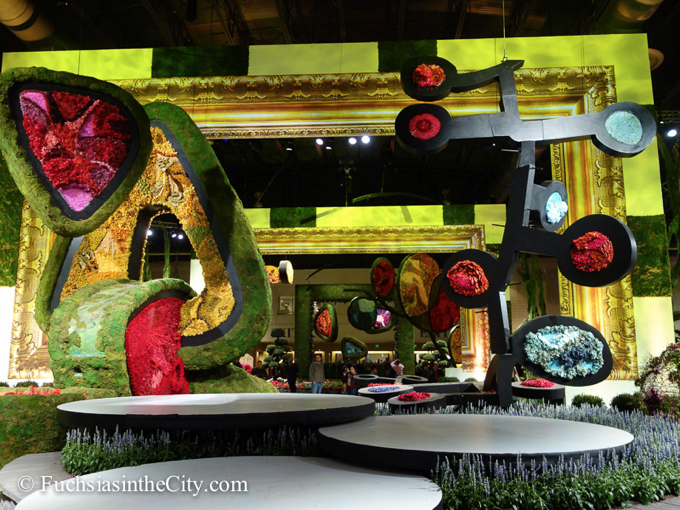

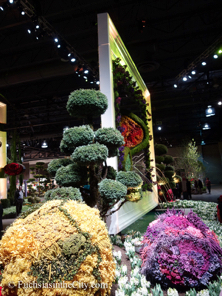
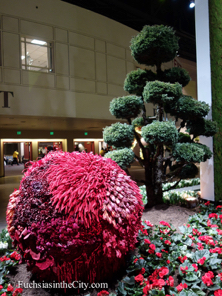


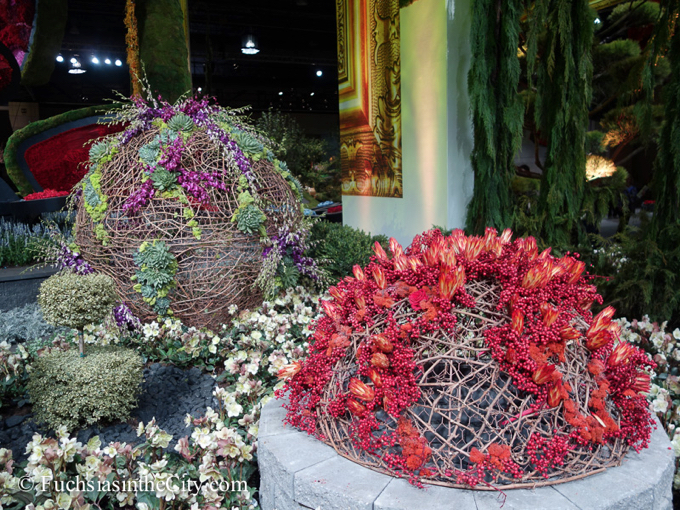
The Fuchsia+Blog Tags — flower show | philadelphia | spring


























